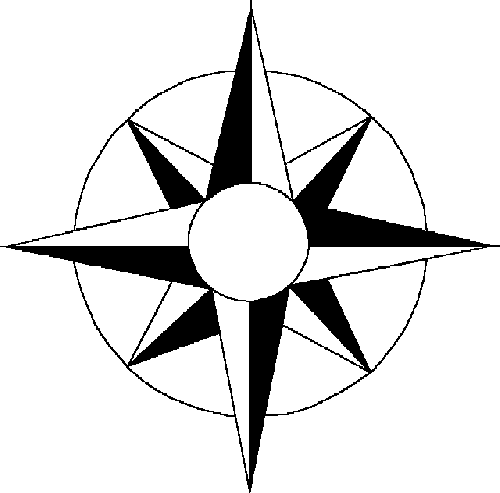by W. Robert Chapman
In my job as a reference librarian I frequently encounter people who are searching for their family roots. One thing I've noticed is that most of these amateur genealogists say they are descended from a single ancestor. "My people came over on the Mayflower," the researcher might say, seemingly oblivious to the enormity of such a claim. "All of your ancestors?" one might reasonably ask. Not likely. The Mayflower wasn't big enough. An aircraft carrier might not hold all of one's 17th-century ancestors. If I were to try to fit in all of the people from whom I'm directly descended who were alive in 1620, I'd need an ark that could hold 512 pairs of eighth great-grandparents. And only a handful is likely to have the surname CHAPMAN.
What they really mean is that they are searching for a single ancestral line. Often it is the researcher's paternal line, or they are trying to prove their lineage in order to qualify for membership in a hereditary society. Having done such a narrow search, the person can now confidently claim to being descended solely from something like the ancient and noble house of St. Swithins in the Swamp. The fact that one is also descended from grave robbers, muleskinners, or librarians seems irrelevant once one has qualified to join the Sons of [fill in the blank]. In fact, the researcher has only scratched the surface of his or her ancestral research.
We are descended from a lot more people than most of us can imagine. That shouldn't be all that surprising when you consider that ancestry is exponential. You start with two parents, each of whom also had two parents (now we're up to four ancestors), etc. Five generations back, each of us is descended from eight pairs of second great-grandparents (sixteen lines).
Each of us is 10 generations removed from 256 pairs of seventh great-grandparents. By the time we are 15 generations removed, we are descended from 16,384 couples. Twenty generations back each of us theoretically can trace our ancestries to 524,288 sets of seventeenth great-grandparents (that's 1,048,576 lines).
What does this all mean? For the statistically inclined, it is likely that each of us could be related to a lot of strangers, possibly including the folks next door or the person we took to the high school prom (giving new meaning to the term "kissing cousins").
The likelihood of being at least distantly related to a neighbor greatly increases with each generation as we spin off new branches, particularly in societies that -- unlike the American --were relatively stable and homogeneous, such as 15th-century England, 17th-century New England, and 19th-century South Carolina, areas where many of my ancestors lived. Folks in such areas tended to marry neighbors and cousins.
Family trees work both upward and downward. If going back 16 generations means that one is descended from 32,768 people, think how many descendants each of those ancestors has. In researching only one line from my wife's family, I have uncovered more than 1,500 people descended either by blood or marriage from a 16th-century Englishman. Assuming he is representative of most heads of Elizabethan English families, multiply those 1,500 descendants by the 32,768 people representing 13 generations, and one is faced with the possibility of being related to more than 49 million people.
Using that arithmetic, one could easily be related to a friend, a neighbor, a co-worker, or that cute young thing you've been working up the courage to ask out on a date. So if you were wondering why we tend to marry people who look and act a lot like ourselves, this might offer at least a partial explanation. Maybe now the term "family of mankind" makes a bit more sense.
[W. Robert Chapman is a reference librarian at the Hartford Public Library.]
Previously published by Julia M. Case and Myra Vanderpool Gormley, CG, Missing Links: RootsWeb's Genealogy Journal, Vol. 4, No. 34, 18 August 1999. RootsWeb:
